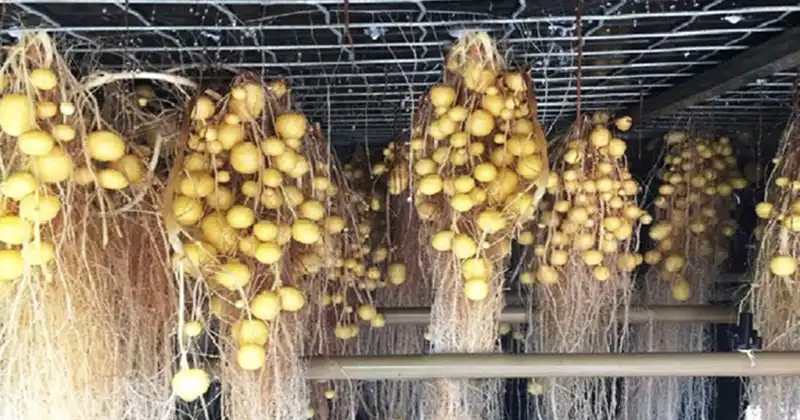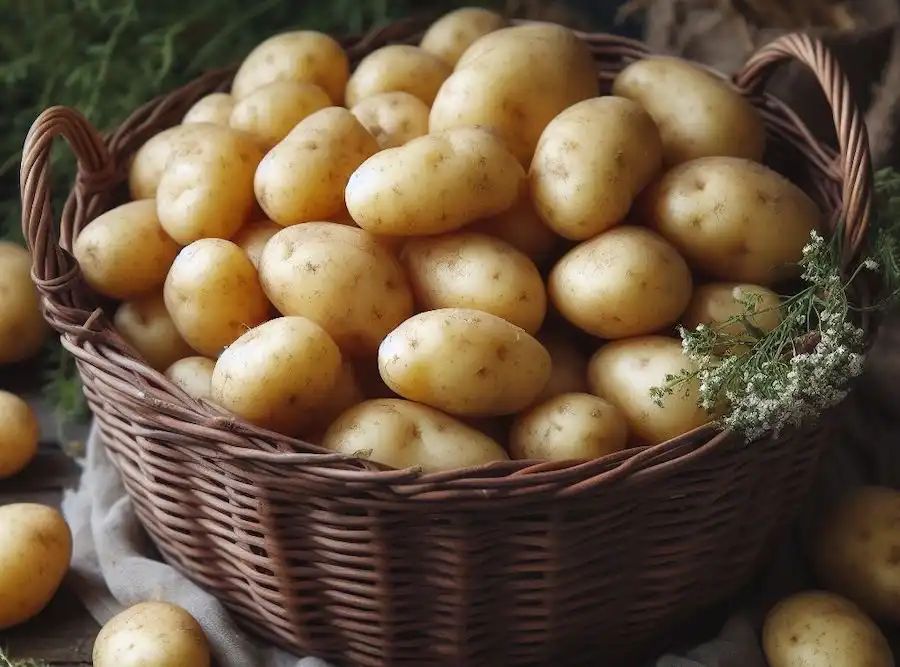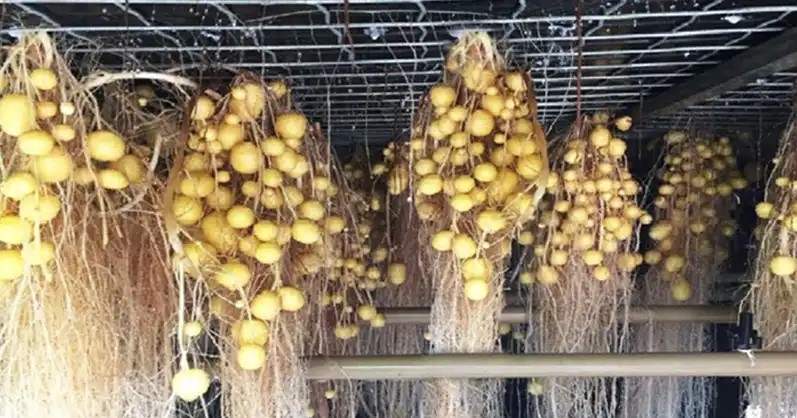Growing potatoes has always been associated with tilled lands and soil. However, with the advent of modern agricultural technology, innovative methods have surfaced, allowing farmers and hobbyists to grow crops in ways that were previously thought impossible. One such method is the aeroponic system. This technique allows plants, including potatoes, to be grown in air, with their roots misted with nutrient-rich solutions. This article provides an in-depth look into how to grow potatoes using the aeroponic method.

1. What is Aeroponics?
Aeroponics is a subset of hydroponics where plants are suspended in air, and the exposed roots are regularly misted with a nutrient solution. This technique offers faster growth rates, greater yield, and a cleaner growing environment when compared to traditional soil-based cultivation.
2. Materials Needed:
- Aeroponic System: These systems come with a reservoir, misting system, and supports for suspending the plants. You can purchase a pre-made setup or create a DIY version based on your requirements.
- Potato Seed Tubers or Cuttings: Choose healthy, disease-free tubers. If you’re using cuttings, ensure they have “eyes” from which shoots can emerge.
- Nutrient Solution: This solution provides all the essential nutrients that potatoes need to grow. Specific solutions tailored for potatoes are available, but general-purpose vegetable solutions can also be used.
- pH Testing Kit and pH Solutions: Maintaining the right pH is critical. A pH testing kit and solutions to adjust the pH (up or down) will help in ensuring that the nutrient solution is always at the optimal range for potato growth.
- Net Pots: These containers hold the potato cuttings or seed tubers in place while allowing the roots to grow freely.
3. Steps to Grow Potatoes Aeroponically:
- Setting Up: Start by assembling your aeroponic system according to the manufacturer’s instructions or your DIY plan.
- Planting the Tubers: Place each potato seed tuber or cutting into a net pot. Ensure the eyes are facing upwards. If using cuttings, a segment with 2-3 eyes is ideal.
- Nutrient Solution: Prepare the nutrient solution by following the manufacturer’s instructions. After preparation, use the pH testing kit to check its pH level. Potatoes thrive at a pH range of 5.2 to 6.0. If necessary, adjust the pH using your pH solutions.
- Misting: The aeroponic system will mist the roots at regular intervals, ensuring they receive adequate moisture and nutrition. The frequency of misting can vary based on the system and environmental conditions. Ensure that the roots remain moist but not waterlogged.
- Monitor Growth: As the potatoes grow, monitor their progress. Ensure the nutrient solution doesn’t run out and that the pH remains stable.
- Harvesting: Once the plants flower and then start to die back, it’s a sign that the potatoes are ready for harvest. Turn off the system and carefully remove the potatoes from the net pots.
 4. Benefits of Aeroponic Potato Growth:
4. Benefits of Aeroponic Potato Growth:
- Reduced Disease Risk: With no soil to harbor pests or diseases, aeroponically grown potatoes often have fewer issues with common potato ailments.
- Higher Yields: Due to the optimized delivery of nutrients and oxygen, potatoes can grow faster and yield more.
- Space Efficiency: Aeroponic systems can be stacked vertically, making it an excellent solution for urban or space-limited environments.
- Water Efficiency: These systems use less water than traditional farming methods, making them eco-friendly.
In conclusion, while the concept of growing potatoes in the air might seem futuristic, it is a reality today. With aeroponics, not only can we optimize the growth of potatoes, but we can also do it in a manner that’s sustainable and efficient. As technology continues to reshape agriculture, embracing such innovative methods can pave the way for a more food-secure future.










